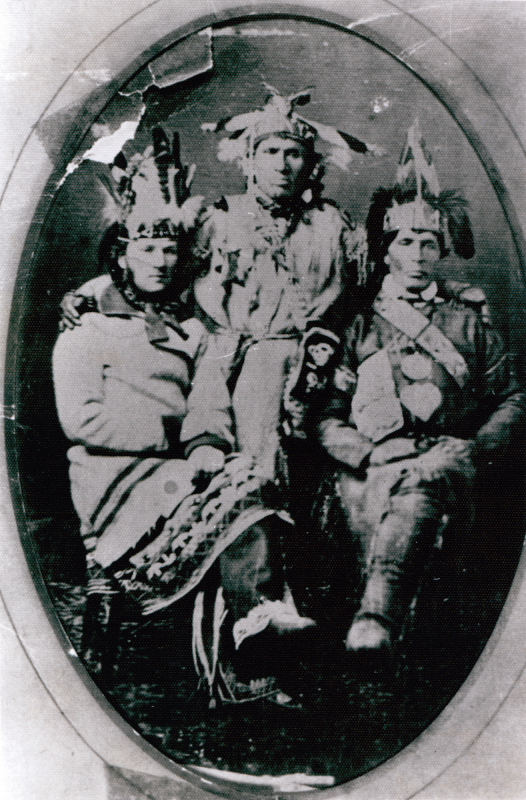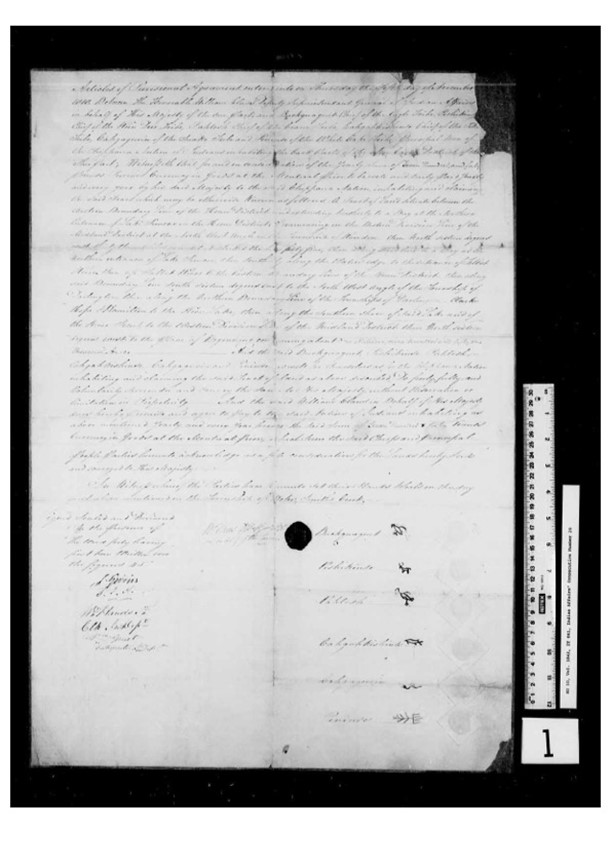By Zihao Li Overview The Algonquin Anishinaabe, who historically and currently live on both sides of the Ottawa river, share a rich history of resistance against settler colonialism starting from the first Algonquin Petition submitted to the Crown in 1772. In 1992, the land negotiations ...
Learn
Treaty 3
By Danielle Garcia Jones Overview On October 3, 1873, the Saulteaux peoples and the Government of Canada signed Treaty 3, also known as the North-West Angle Treaty. The British intended to plan a route between Fort Garry and Fort William. This route is now between Winnipeg, Manitoba, and ...
Additions to the Great Lakes Treaty Timeline
Over the course of Ontario Treaty Recognition Week (November 6-12) and Native American Heritage Month (November), GRASAC published new entries in its Great Lakes Treaty Timeline. The Timeline now features 180 negotiations, ten of which now feature detailed records to facilitate further ...
Robinson Huron Treaty
Compiled by Sheila Wheesk and Bradley Clements, GRASAC Research Assistants Overview Prior to the Robinson Huron Treaty, the Anishinaabek of the north shores of Lakes Superior and Lake Huron had been allies and trading partners with the French and later the British for more than two ...
Treaty 20
Compiled by Amelia Healey, GRASAC Research Assistant Overview The Rice Lake Treaty, or Treaty 20, was made between the Michi Sagiig near Rice Lake (contemporary Hiawatha First Nation, Curve Lake First Nation, and the Mississauga of Scugog Island) and colonial government of Upper Canada. On ...


